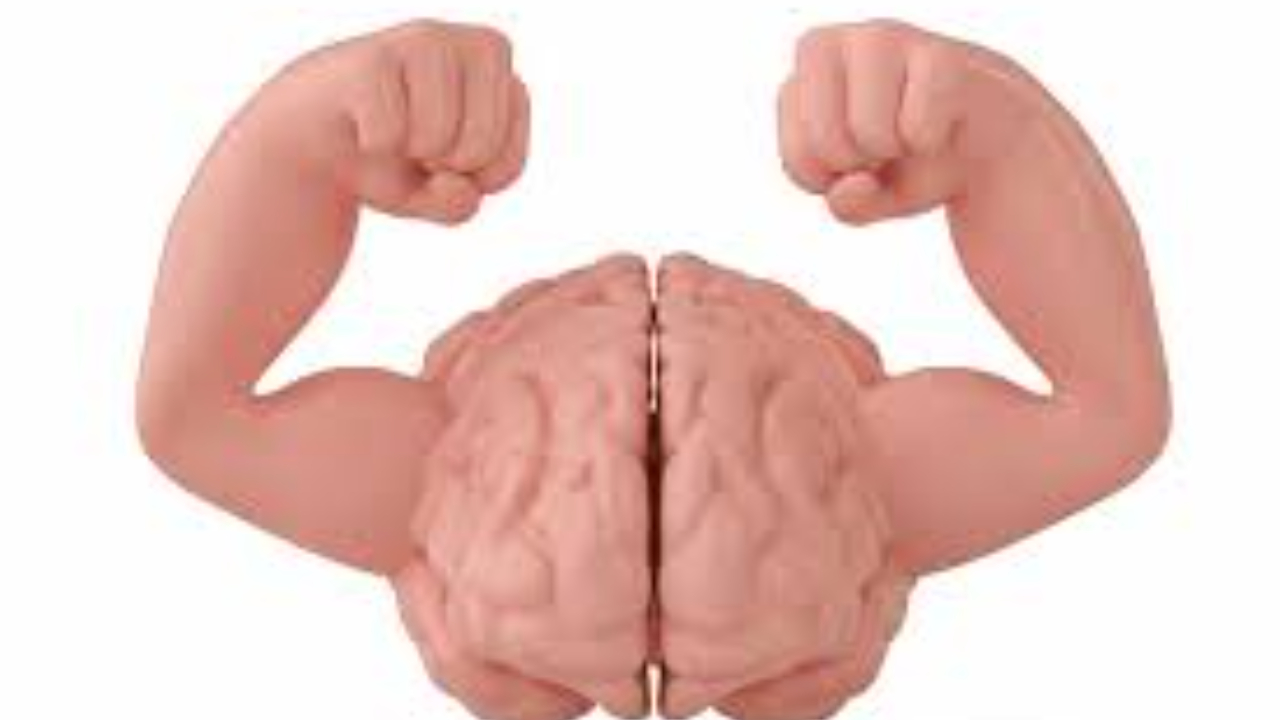🔬 The Neuroscience of SAM: Why Stability is the Missing Link to Strength, Clarity, and Resilient Movement

If you’ve been following my work — or have read my book — you already know that SAM (Stability – Action – Mobility) is more than a movement model. It’s a neurological framework for unlocking the full potential of your body and mind.
But what’s happening under the hood? What makes SAM so effective — and why does the brain require this specific sequence to create strength, clarity, and momentum?
Let’s dive into the neuroscience behind SAM — and how you can use it to optimize both your physical performance and your emotional resilience.
🧠 Why Your Brain Doesn’t Trust You to Be Strong (Until You’re Stable)
At the core of SAM is safety. The nervous system’s primary directive is to keep you alive — not make you stronger, faster, or more flexible.
In both movement and mindset, the brain constantly asks:
“Is this safe?”
If the answer is no, your body will downregulate. It might:
-
Decrease muscle recruitment (even if you’re trying harder)
-
Limit range of motion
-
Increase tension to create artificial bracing
-
Trigger stress responses like anxiety or freeze
That’s why Stability comes first.
Neurologically, stability is achieved when the afferent signals (incoming data) from your muscles, joints, fascia, and vestibular system tell your brain:
“I’ve got this.”
This message of safety is processed in the brainstem and cerebellum, which communicate with the motor cortex to determine how much strength and range the body is allowed to use.
If that message is unclear or uncertain, the body responds with compensation, hesitation, or shutdown.
💥 Phase 1: Stability – Creating the Conditions for Neural Trust
Stability is not about being still. It’s about creating a reliable base — physically and emotionally — from which the nervous system can operate confidently.
Neurological Mechanisms:
-
Somatosensory input from the feet, core, and spine tells the brain where you are in space.
-
The vestibular system (inner ear) calibrates balance and orientation.
-
Interoceptive awareness (internal body signals) helps regulate breath, tension, and heart rate — key for emotional safety.
When these systems are online and working together, the limbic system (especially the amygdala) downregulates its threat response, allowing the prefrontal cortex (executive function) and motor cortex to come online.
⚡️ Phase 2: Action – Performance Born from Preparedness
Once the nervous system registers stability, it gives permission to take action. This is where we see explosive performance, clean movement, and confident decision-making.
In the motor control hierarchy, action is a product of:
-
Motor planning (premotor cortex)
-
Execution (motor cortex)
-
Feedback and adjustment (cerebellum)
Because the system feels safe, these functions are no longer being hijacked by limbic interference. That means:
-
Muscle recruitment is more efficient
-
Motor patterns are smoother
-
Cognitive reactions are faster and clearer
This is where we saw something remarkable in our study:
📊 Clients experienced a 50% to 133% increase in muscle activity simply by following the SAM process — without adding load or resistance.
Why? Because the brain finally allowed the body to express strength it was already capable of.
🔓 Phase 3: Mobility – Freedom Earned Through Integration
Mobility isn’t just flexibility or stretching. It’s the nervous system giving you access to full range, because it trusts your body to control it.
This is the ultimate payoff of the SAM framework:
Movement becomes expressive, adaptable, and resilient.
Neurologically, this is marked by:
-
Reduced cortical inhibition (the brain stops holding you back)
-
Enhanced sensorimotor integration (your brain and body are talking clearly)
-
Improved neuroplasticity (you’re learning and adapting in real time)
In the mind, this shows up as mental flexibility:
-
You shift perspectives more easily
-
You adapt to stress without breaking down
-
You move forward with direction, not just reaction
Mobility — mentally and physically — is a sign of a well-regulated nervous system.
🧠 What This Looks Like Mentally
Let’s parallel SAM into mental and emotional strength:
| SAM Phase | Physical Nervous System | Mental/Emotional System |
|---|---|---|
| Stability | Proprioception, balance, breath | Emotional regulation, safety, limbic calm |
| Action | Motor recruitment, force output | Thoughtful response, decision-making |
| Mobility | Full range, fluid movement | Cognitive flexibility, adaptability |
The same sequence applies to every challenge:
-
Regulate first (Stability)
-
Engage with clarity (Action)
-
Expand your capacity (Mobility)
🧩 Why This Matters
Too often, we try to perform (mentally or physically) without laying the groundwork for safety. We push through tension. We grind through stress. And we wonder why we plateau, crash, or get injured — physically or emotionally.
SAM is the missing sequence. It’s how the nervous system actually works.
📘 Want the Full Framework?
If you haven’t read my book yet, now’s the time.
I break down the SAM model in detail, walk you through real client case studies, and show you exactly how to apply it — in training, recovery, relationships, and leadership.
👉 Grab your copy here: https://a.co/d/6NIP7EC
Ready for a new start?
Join our mailing list to receive the latest news and updates from our team.
Don't worry, your information will not be shared.


